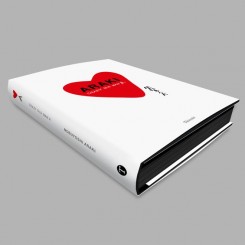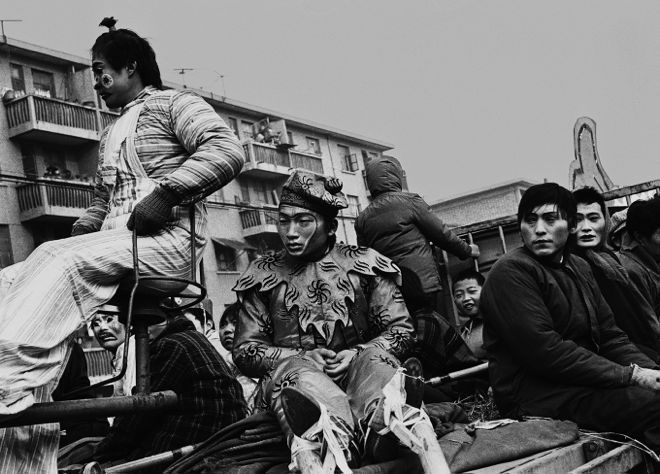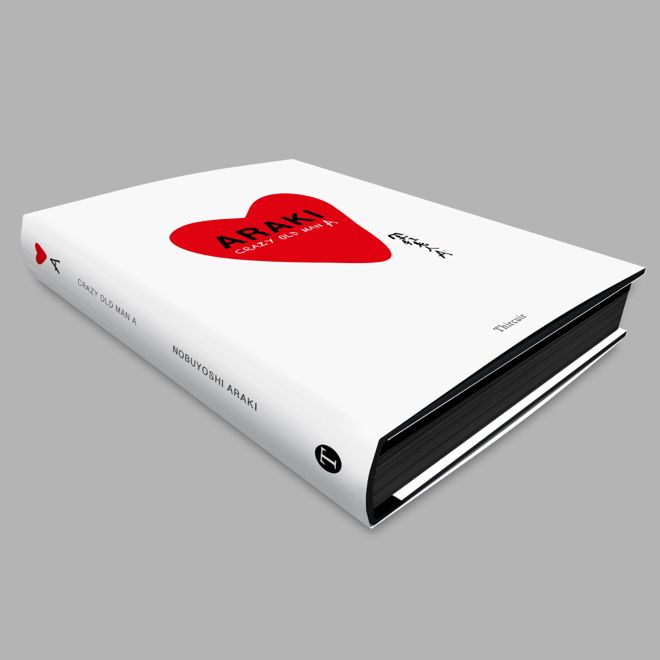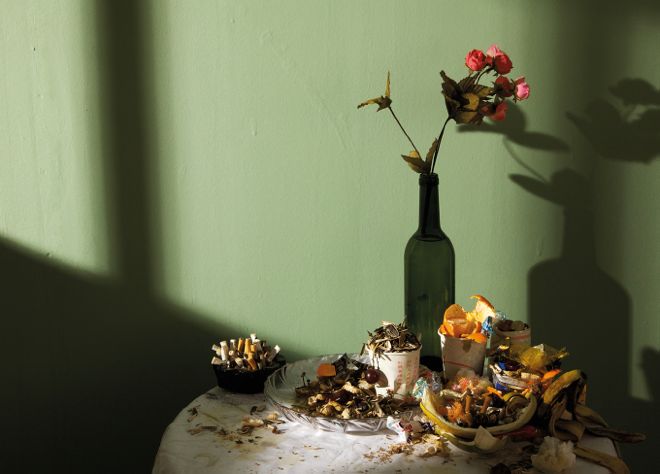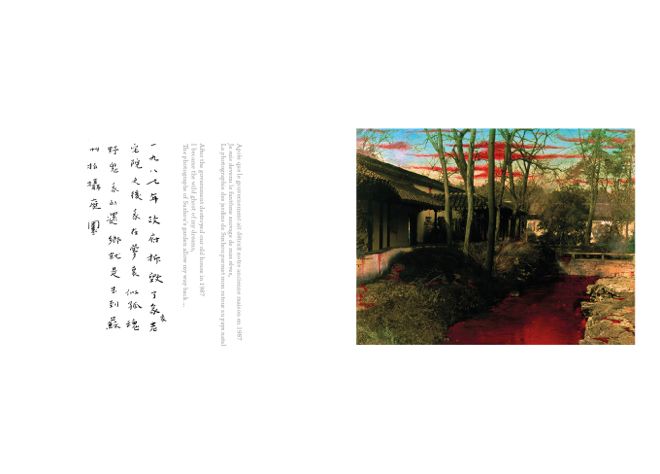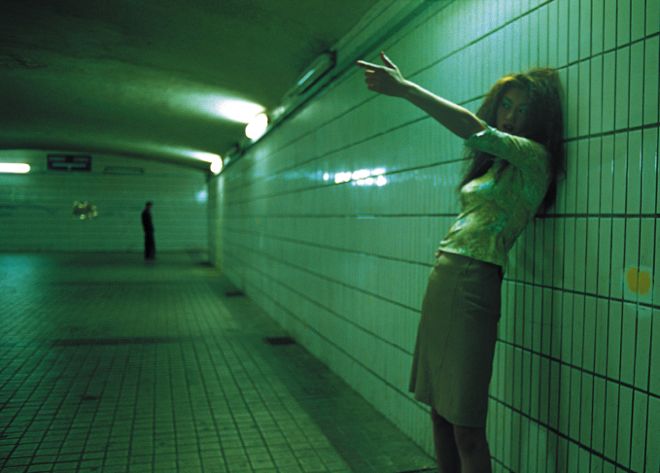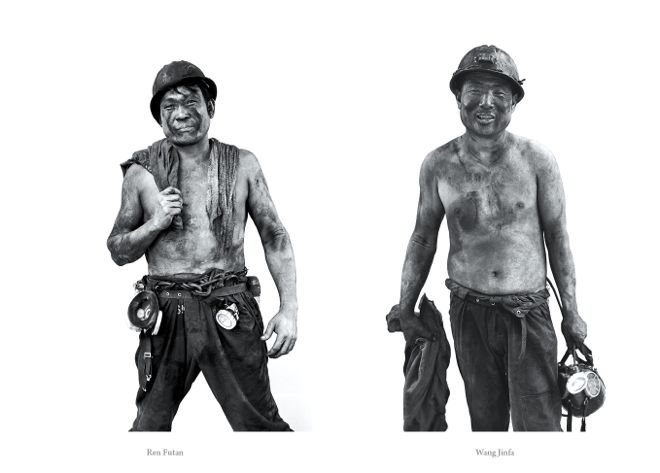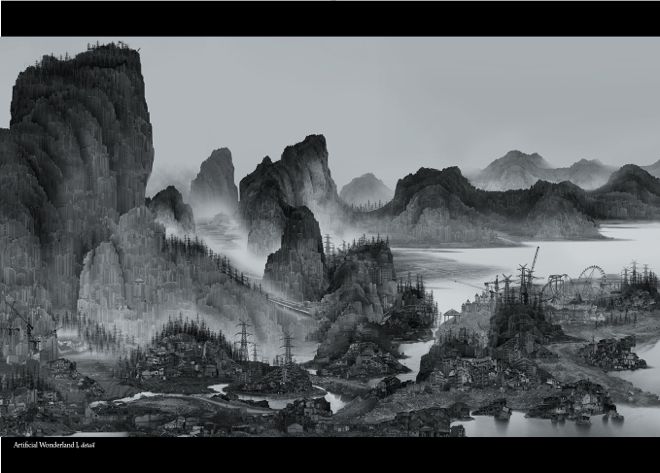Thircuir Publishing, founded in 2011 by Jérémie Thircuir, publishes pocket-sized art books (“simple, chic, and playful”) at an affordable price. Photo-heavy with an introductory essay, Thircuir Publishing has aimed to make contemporary Chinese artists, especially photography, more available to English and French language readers. Recently, Thircuir Publishing has starting making a foray outside photography, with a book on Liu Xiaodong in 2013.
First of all, how did Thircuir publishing start? Who was behind this?
Going back home to France, I noticed the huge gap between the artistic reality I was witnessing here in China and what you could find in French bookshops. There was only a handful of Chinese artists who were well known in the West, and aside from those “Best of Chinese art” titles—providing only lists of names—there are very few publications being made. We decided to step in.
I started Thircuir Books in 2011 along with Enoia Ballade, who handles all the art direction and design for the titles.
What were your initial goals?
Our goals were to make monographs of Chinese artists that could appeal to a mainstream audience not really familiar with Chinese art. It was also a way to promote the amazing creativity going on in Beijing, specifically, and China more generally.
We wanted to work within the framework of a series to highlight not only the artworks, but also a clear artistic context for our readership. We also wanted to offer simple and very readable texts about the art, some of them written in the first person. We are promoting a subjective and sensitive approach to the works. Despite the standard size of the books, each of them is edited so as to really showcase to the spirit of the works.
I notice the small format. What appeals to you about this? And do you do bigger “normal” books as well?
Imagine you are a bookshop owner: you have a little table and a few shelves devoted to art and photography. Most of the books are on exhibitions at nearby museums, or Renaissance artists, with a few modern artists’ monographs. Would you be willing to purchase big monographs by relatively unknown Chinese photographers? So, the idea of the series came up of publishing small and affordable books that won’t price out an audience not very familiar with art, or discourage an independent bookseller from ordering our titles, or take too much space on display.
From an economic perspective, it was also more affordable for us to launch a bunch of pocket-sized books than coffee-table books.
So far, it’s working quite well in the French market, where we are lucky to have Gallimard’s distribution structure as a partner. We have around 600 bookshops selling our books. The Anglo-Saxon, English-speaking markets are more conservative, and the book market is not going that well over there, so we are mainly to be found in museum or specialized art book stores.
That being said, we will be increasing the size for our new titles—and we do wish we could enlarge the books in the series….
How do you choose which artists to focus on? Personal taste? Market research? Or curators?
We wanted to show the diversity of Chinese photography, so the selection is made accordingly. It’s a mix between historical significance, international recognition, the latest news about the artist, personal taste (of course) and also how well they fit or actually don’t fit with the other titles being published at the same time.
Why photography?
Photography is the medium with the highest general “literacy”. We’ve kind of forgotten how to read a painting, and we tend to get lost in front of conceptual works; but we see thousands of photographs every day which we are really fast and subtle in decoding. Photography also provides an insight into Chinese society and culture, as well as issues of representation.
Even if the past few years have been relatively steady, with some kind of generational change, I think Chinese photography is fairly distinctive in terms of what it borrows from other media.
It’s also the most natural medium to make art books as, unlike paintings and so on, you don’t have any loss in quality—you just print the actual artwork directly. Thus, the market for photo books is much bigger than for other art forms.
What have you published so far?
So far we have published 10 little monographs in our Chinese contemporary photography collection. You can check them on our website.
We also published a book Liu Xiaodong’s: In between Israel and Palestine. A new one is on the way, which should be available in a few months.
As we speak, we are finalizing Crazy Old Man A, a book of Araki’s latest instant films which he made with The Impossible Project. It will be an amazing object.
Do you cooperate with galleries? Do you have books which are financed by yourselves vs books that are funded together with galleries?
Most of the books are self-funded, but the galleries of the published artists will often order some copies once the book is finished. Because most of the photographers work with many galleries, it would be too complicated to handle this differently .
So far, only the Liu Xiaodong book was funded by Mary Boone, the gallery who did the show in N.Y.C. Even if we don’t really want to make exhibition catalogues, this book stands on its own because it’s a really consistent project. It includes a DVD, the diary Liu wrote during his journey, and the paintings.
Or are you approached by artists sometimes?
Sometimes, but we don’t really communicate about doing books this way. We first want to be independent and keep our hands on the editorial choices. Because there is not a lot of money at stake in publishing, we can afford to have an independent mind.
But does publishing art books make money? Are you getting rich from this?
It’s not a secret, publishing art books obviously does not make a lot of money. Most of the art publishing companies rely either on the personal fortune of their owners, financial backers, or paying customers (artists or galleries).
We are not releasing a lot of books, and I want to keep the structure really small. Everybody is working on a freelance basis; I have a minimal cost structure. The few bucks I make mainly come from consulting work for brands, collectors and galleries. My main goal with the publishing house is not how to make money, but more how not to lose some!
It seems a bit crazy to want to do publishing in China, doesn’t it? And you don’t publish in Chinese, do you?
We don’t really do publishing in China. It would be too complicated, for obvious reasons, so we set up the company in Hong Kong. Simply because I’ve been in China for most of the past decade, we have a strong focus on Chinese artists—but we will expand slightly to an Asian focus in the coming years.
We don’t publish in Chinese because we don’t distribute our books in China, since we are mainly aimed at Western audiences. Publishing in China would imply rethinking our texts, our format and our pricing completely. If a Chinese publisher wants to team up, I’d be very game. We only publish in English and French in separate editions because these two are our main markets.
How difficult is it to convince bookstores to get on board?
We don’t really work directly with the bookstores, we work with distributors who have networks of sales handling the bookstores. All I can say is that we are getting really strong support from bookshops in France, from the big stores like FNAC to small independent booksellers.
Distribution in France was quite easy to find; the editorial head of our French distributor is really keen on Chinese photography so he knew all the artists very well and loved the books. U.S and Europe distribution were a bit slower but now we have global distribution, which was our goal at first.
Tell us about your future plans for world domination.
We have an Araki book going to press in a few days. We should keep going with the Chinese photography series with a few more titles next year.
We are slowing expanding the physical size of the books and our editorial scope. We will also start launching fancier books and signed limited editions. Nothing has been signed yet, so you’ll get the surprise in a few months.

